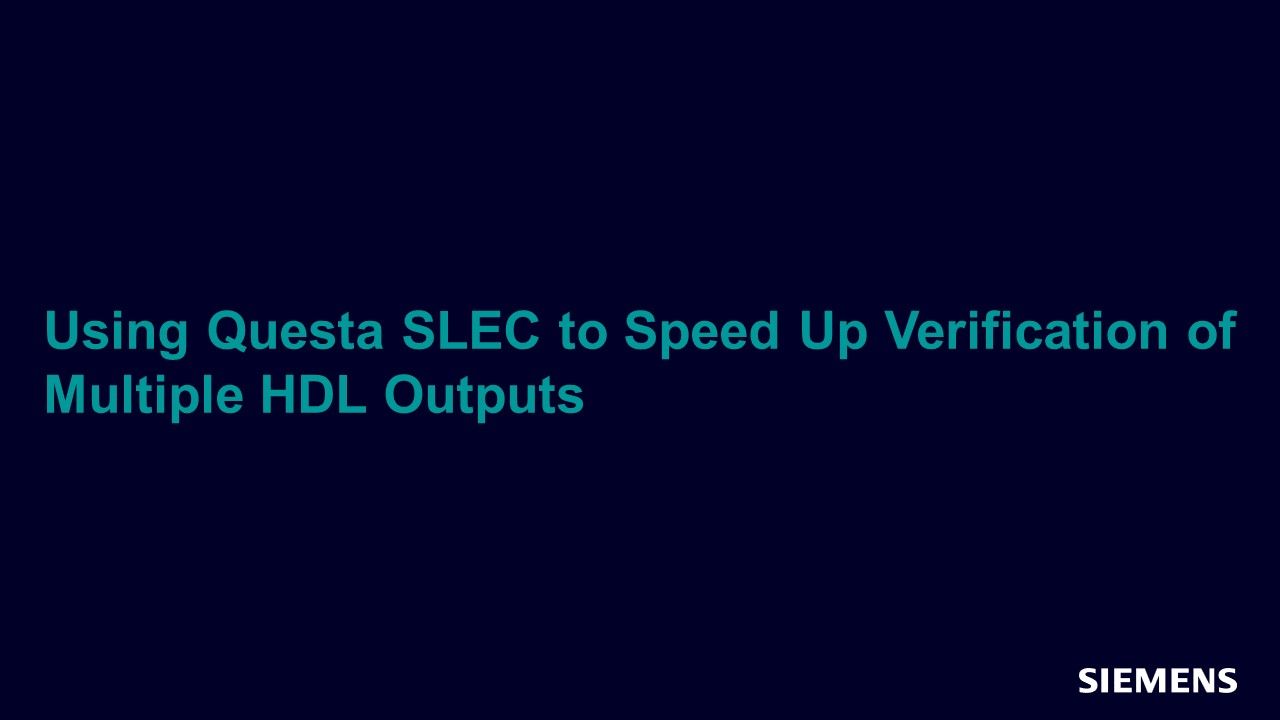Using Questa SLEC to Speed Up Verification of Multiple HDL Outputs
Questa SLEC, the formal analysis app from Siemens EDA, was designed to automatically compare a block of code ("specification" RTL) with its functional equivalent that has been slightly modified ("implementation" RTL), helping design teams save considerable amounts of time and resources. Codasip, the leading provider of configurable RISC-V® IP, has come up with a new use of this tool: the verification team uses it to compare a fully UVM-verified HDL code.

Full-access members only
Register your account to view Using Questa SLEC to Speed Up Verification of Multiple HDL Outputs
Full-access members gain access to our free tools and training, including our full library of articles, recorded sessions, seminars, papers, learning tracks, in-depth verification cookbooks, and more.